Market Trends
Key Emerging Trends in the Beam Bender Market
The Beam Bender market is witnessing several noteworthy trends that are shaping its current trajectory and influencing the future of the industry. One prominent trend is the increasing adoption of automation and robotics in beam bending processes. As technology continues to advance, manufacturers are incorporating automated systems into their beam bending equipment, enhancing precision, efficiency, and reducing manual labor. This trend aligns with the broader industry shift towards Industry 4.0, where smart and connected manufacturing processes are becoming the norm.
Another significant trend in the Beam Bender market is the growing demand for eco-friendly and sustainable solutions. Environmental consciousness is on the rise, prompting manufacturers to develop beam bending equipment that minimizes energy consumption, reduces waste, and utilizes eco-friendly materials. Companies that prioritize sustainability in their products are likely to gain favor among environmentally conscious customers, contributing to the overall trend of "green" practices within the industry.
Customization and versatility have become key trends in the Beam Bender market. Customers increasingly seek beam bending solutions that can accommodate a wide range of materials and specifications. Manufacturers are responding by developing versatile machines that can handle various shapes, sizes, and materials, providing end-users with greater flexibility and adaptability. This trend is particularly relevant as industries evolve, requiring more customized and specialized beam bending solutions.
Integration of advanced materials is a notable trend in the Beam Bender market. With industries such as aerospace and automotive adopting advanced materials like composites and high-strength alloys, there is a growing need for beam bending equipment capable of working with these materials. Market trends reflect the ongoing efforts of manufacturers to develop machines that can handle the challenges posed by advanced materials, ensuring compatibility with the changing landscape of material usage in various industries.
The emergence of data analytics and predictive maintenance is transforming the Beam Bender market. Manufacturers are incorporating sensors and data analytics tools into their equipment to monitor performance, predict maintenance needs, and optimize operations. This trend contributes to increased equipment uptime, reduced downtime, and overall operational efficiency. Predictive maintenance allows companies to address potential issues proactively, minimizing disruptions and enhancing the reliability of beam bending processes.
Globalization is influencing market trends in the Beam Bender industry, with companies expanding their reach to new geographical markets. As businesses seek growth opportunities beyond their domestic boundaries, international expansion is becoming a strategic trend. This involves adapting products to meet regional standards, understanding local market dynamics, and establishing distribution networks in new territories. The globalization trend reflects the industry's efforts to tap into diverse markets and capitalize on emerging opportunities on a global scale.
Collaboration and partnerships are gaining prominence as a trend in the Beam Bender market. Companies are increasingly recognizing the benefits of collaborating with other industry players, technology providers, or research institutions. These collaborations foster innovation, knowledge sharing, and the development of cutting-edge solutions. Strategic partnerships can accelerate the pace of technological advancements, enabling companies to stay competitive in a rapidly evolving market.
The rise of e-commerce and digital platforms is transforming the distribution channels in the Beam Bender market. Online platforms are becoming key avenues for manufacturers to reach a broader customer base, facilitating easier product comparisons, purchases, and delivery. The trend towards digitalization reflects the industry's adaptation to changing consumer preferences and the increasing importance of online platforms in the overall business landscape.
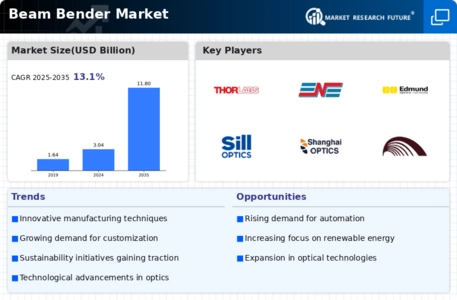
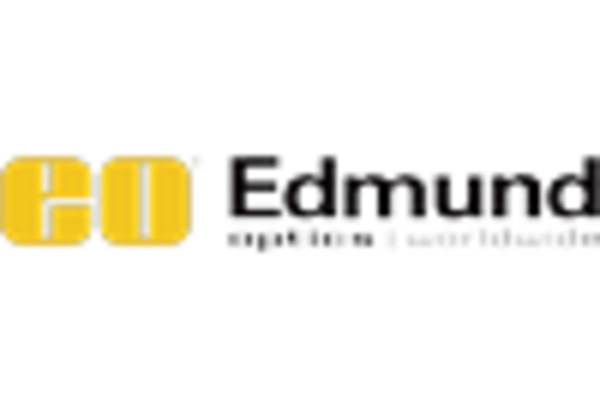

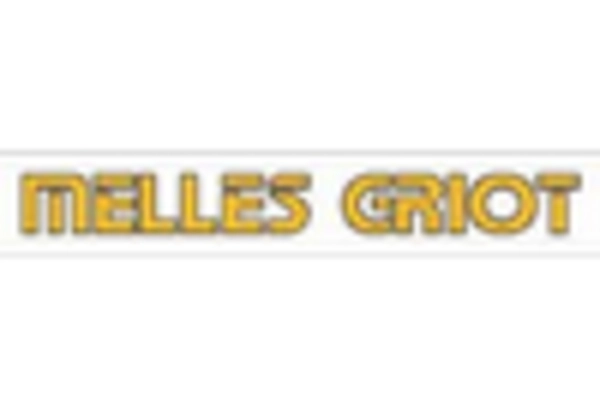
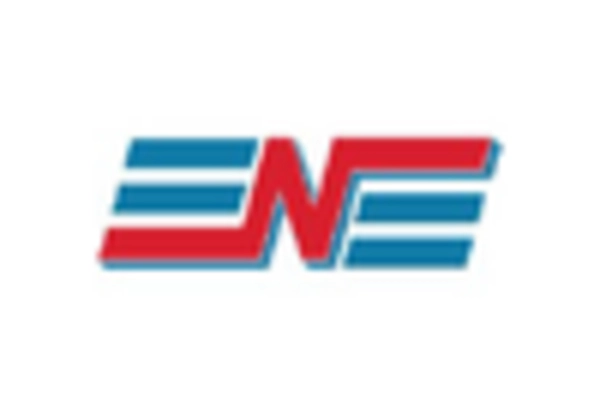
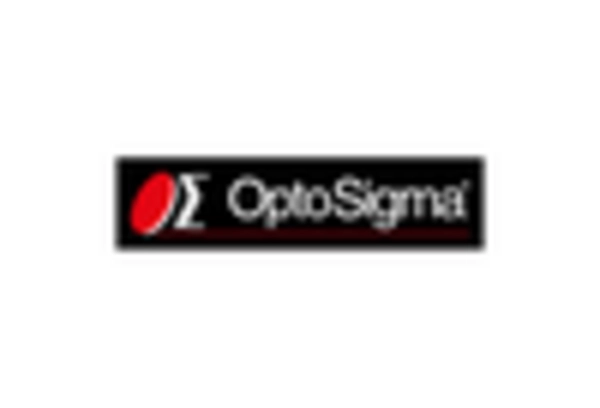
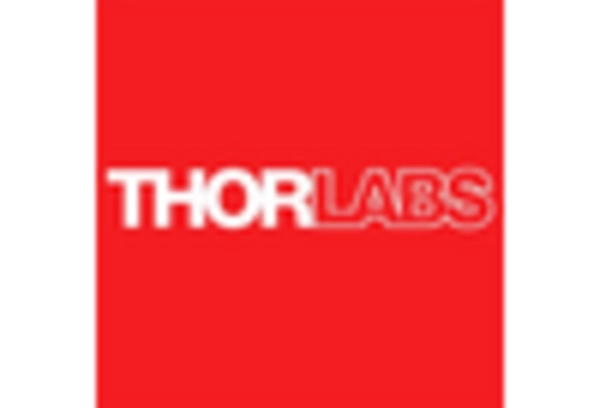









Leave a Comment